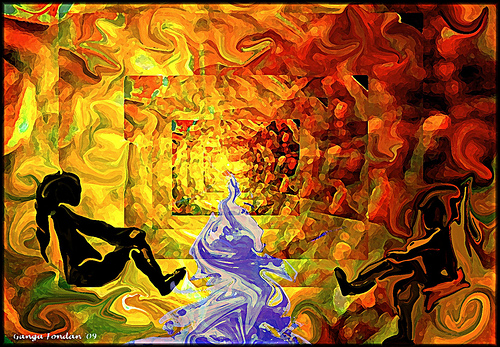Of Setting, Change, Action, and Dilemmas…
What creates setting, both physical and emotional?
And what goes into creating a setting that stimulates a reader to feel?
What is the challenge of creating a formative and transformative setting?
What needs to remain static and constant in a setting?
And what needs to cry out for change?
These questions point out the importance of setting and the challenge of meeting the needs that setting addresses in a story or novel.
John Truby, author of The Anatomy of Story: 22 Steps to Becoming a Masterful Storyteller, advises that the setting of a novel needs to include 2-3 separate and distinct places.
His belief debunks the idea that a good story needs to have a list of settings in order to sustain interest and hold the reader’s attention.
Of Setting, Change, Action, and Dilemmas… Read More »


